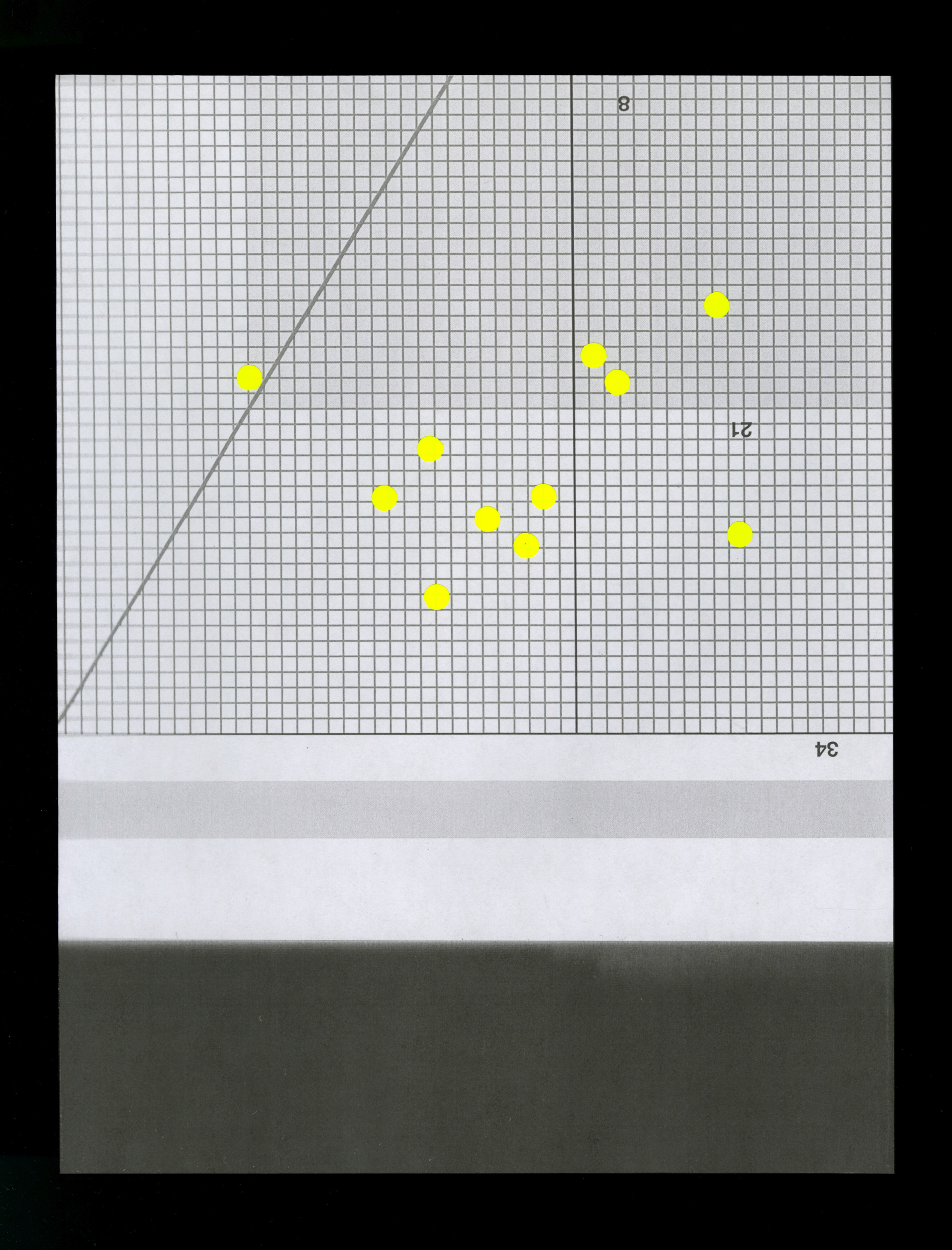Appendix i. Library Collages


Library Collages — Analog Experiments
Working at the Toronto Public Library
How does process manifest as form? Can limitations enhance creativity? How might unconventional design tools express an environment, institution or ideology? These are some questions I asked before setting off to the Toronto Public Library where I experimented with form using a limited set of tools and materials—books from the library’s shelves, a public copy machine, a hole puncher, a glue stick and some masking tape. I proceeded according to a series of self-imposed restrictions which included the prohibition of any design software or digital technology, and the rule that all work must be completed on premises.

This exercise began with an ideological position—the conviction that the library is an important place of learning, inclusivity, and pluralistic cultural citizenry. Both an archive and a cultural commons, the public library is a shared space that provides access to information to all members of a community free of charge. This series of collages was made using only the tools and resources that could be accessed by anyone anytime at the library, celebrating the inclusive spirit of this public institution.








The result of this experiment was a series of thirteen analog collages generated from photocopied material found in books. These compositions were then deconstructed into square tiles and reconfigured into abstract patterned posters that echo the visual landscape of a packed bookshelf or thumbnails in a digital archive, an aesthetic outcome that reflects the environment in which the work was made.

—Collage format: 8.5” x 11”
—Poster format: 28” x 36”